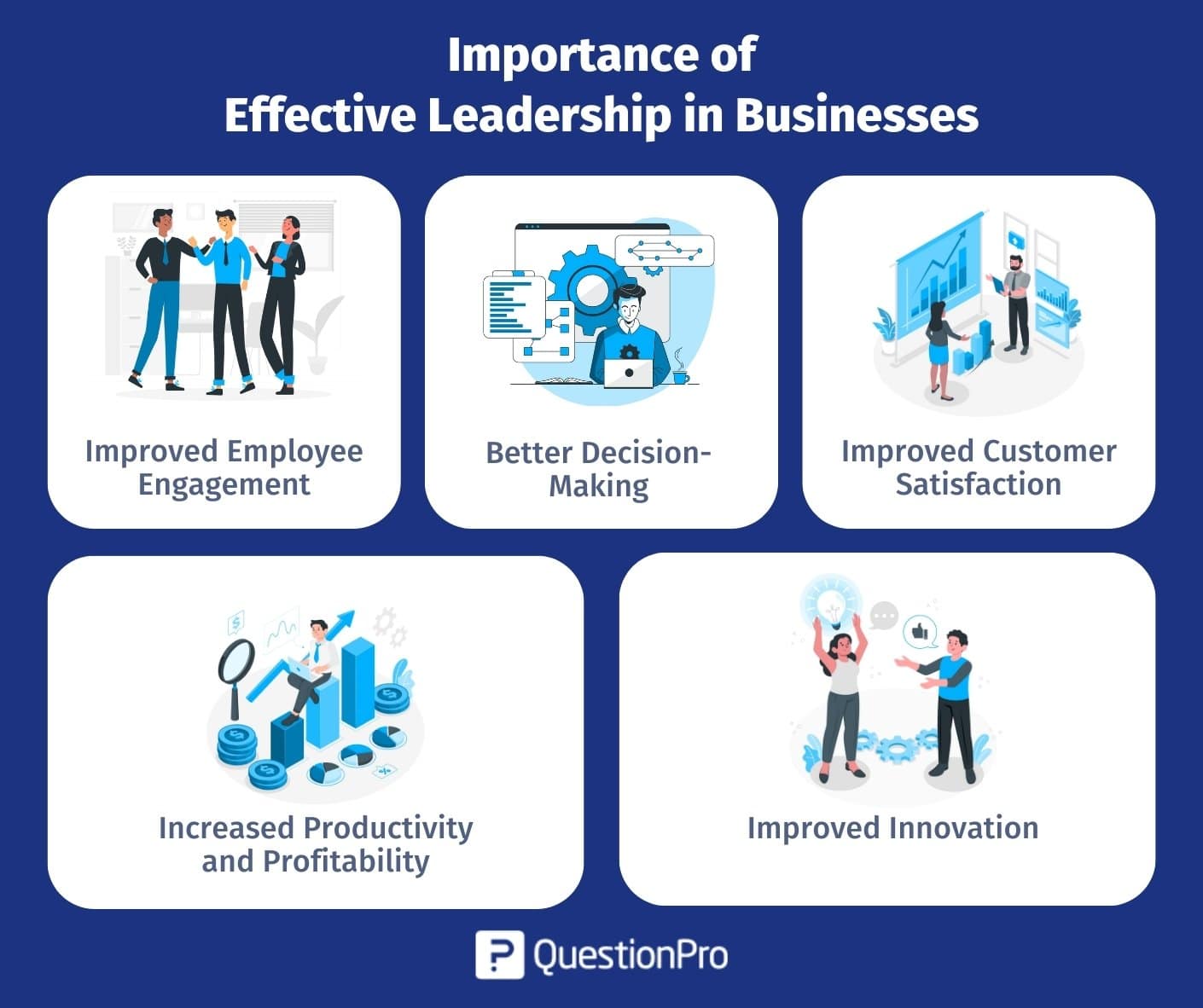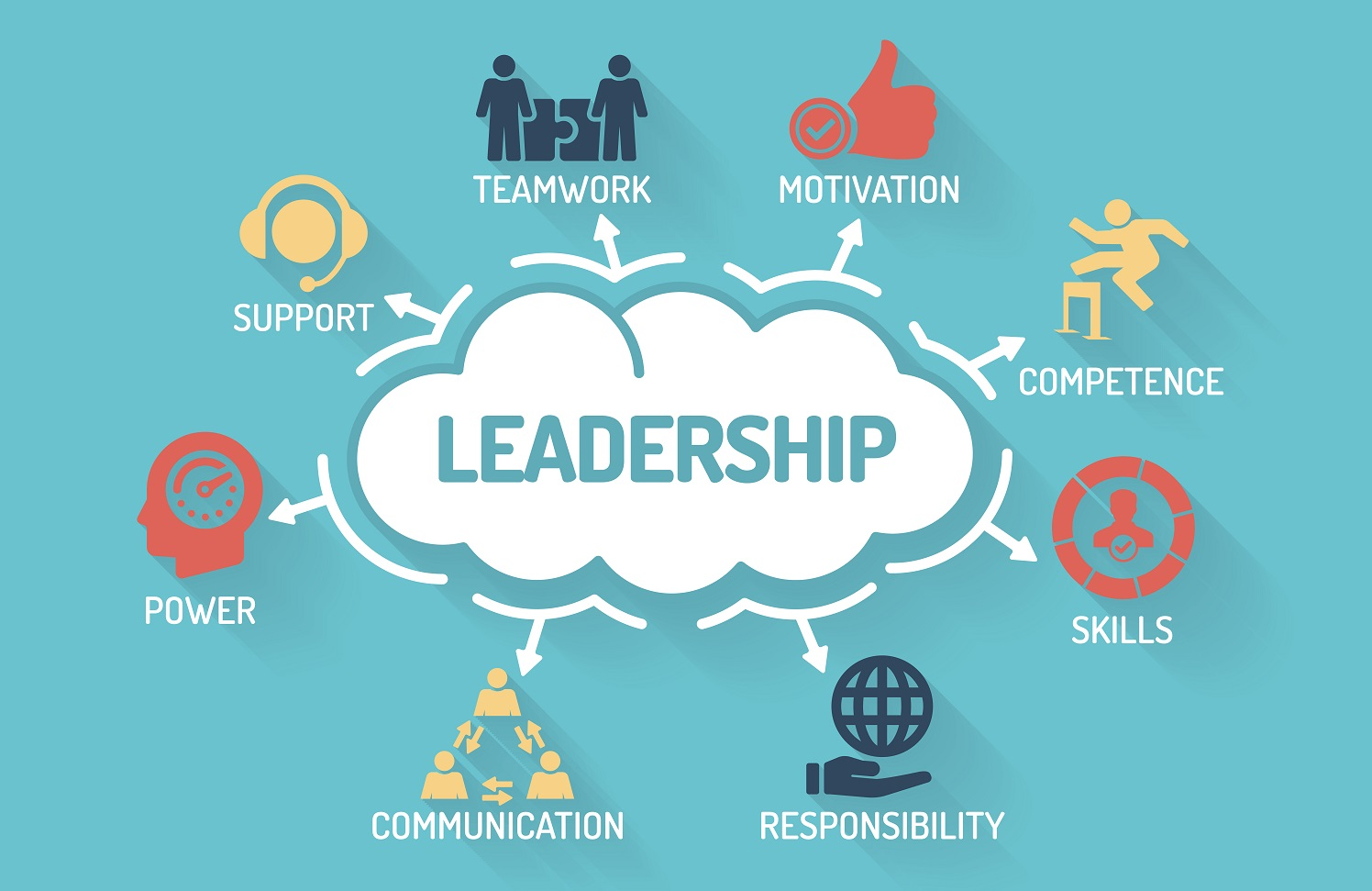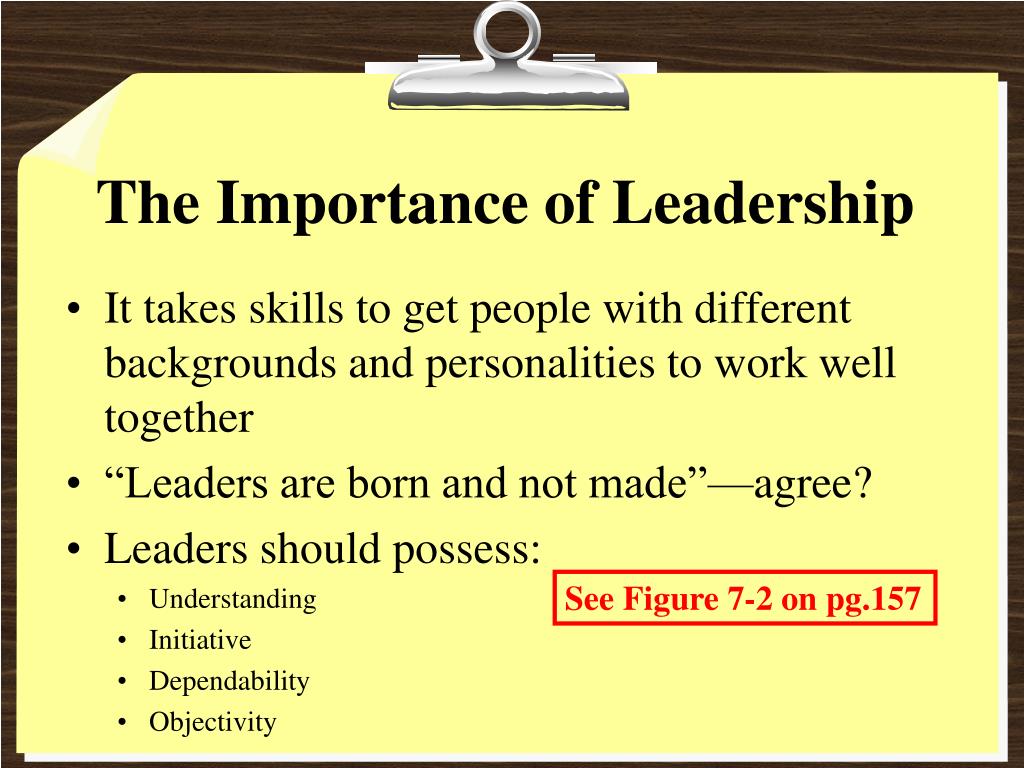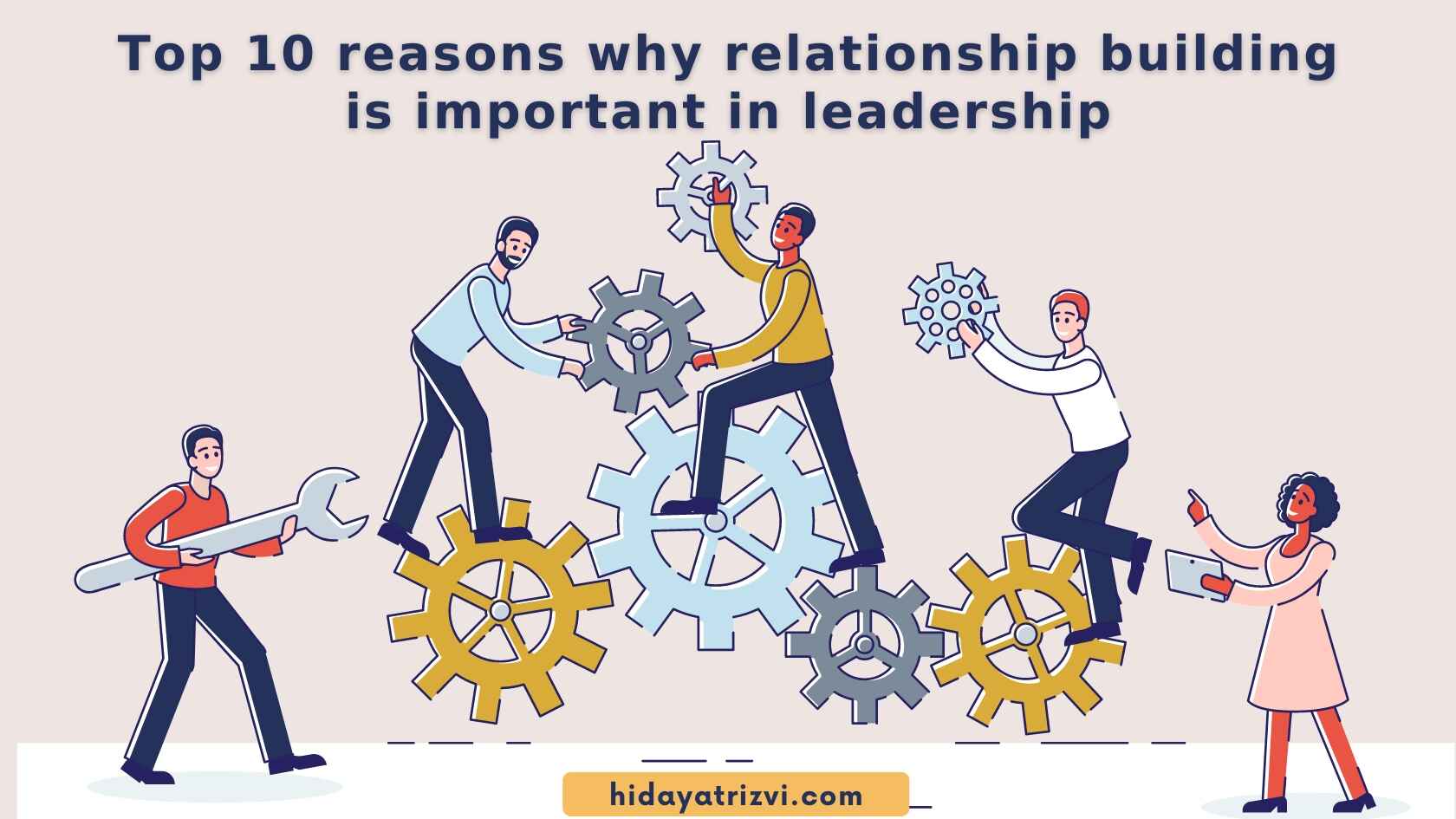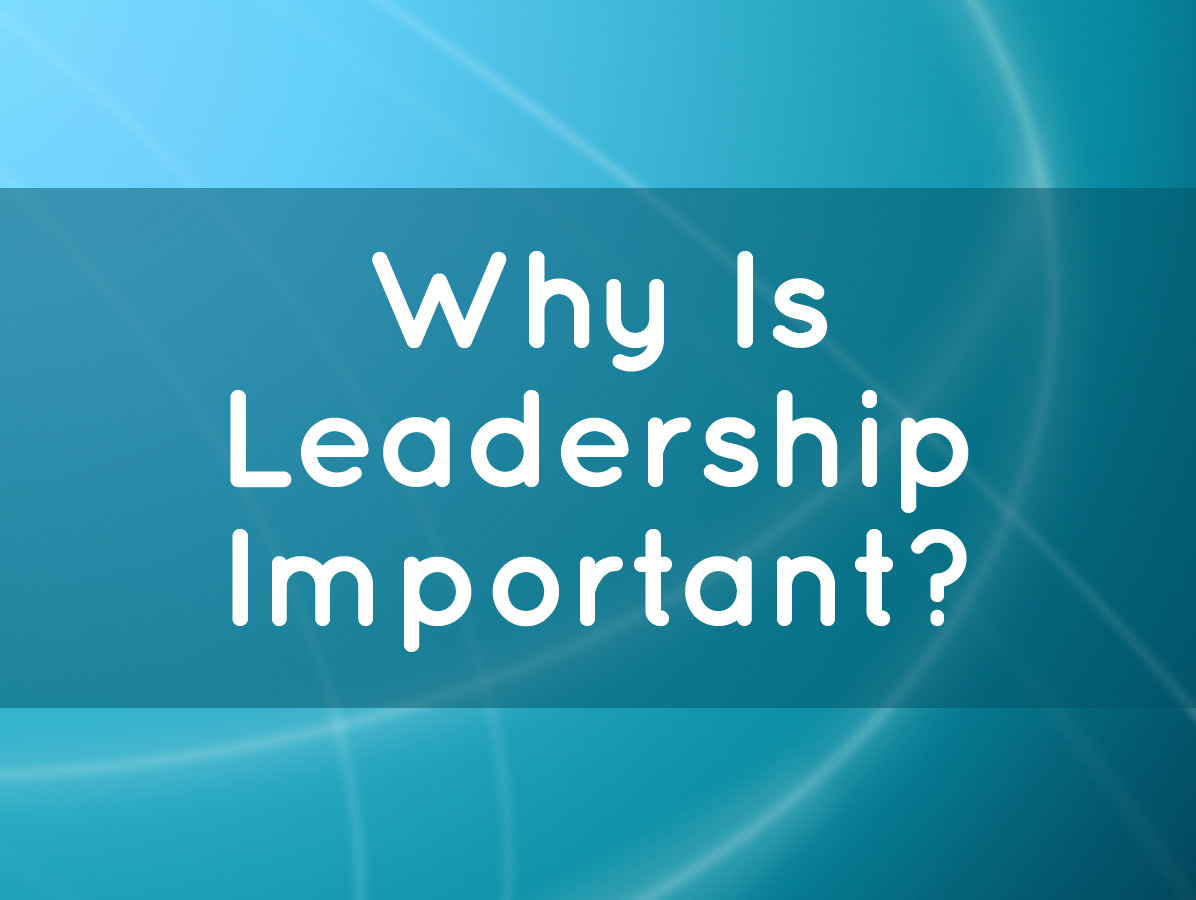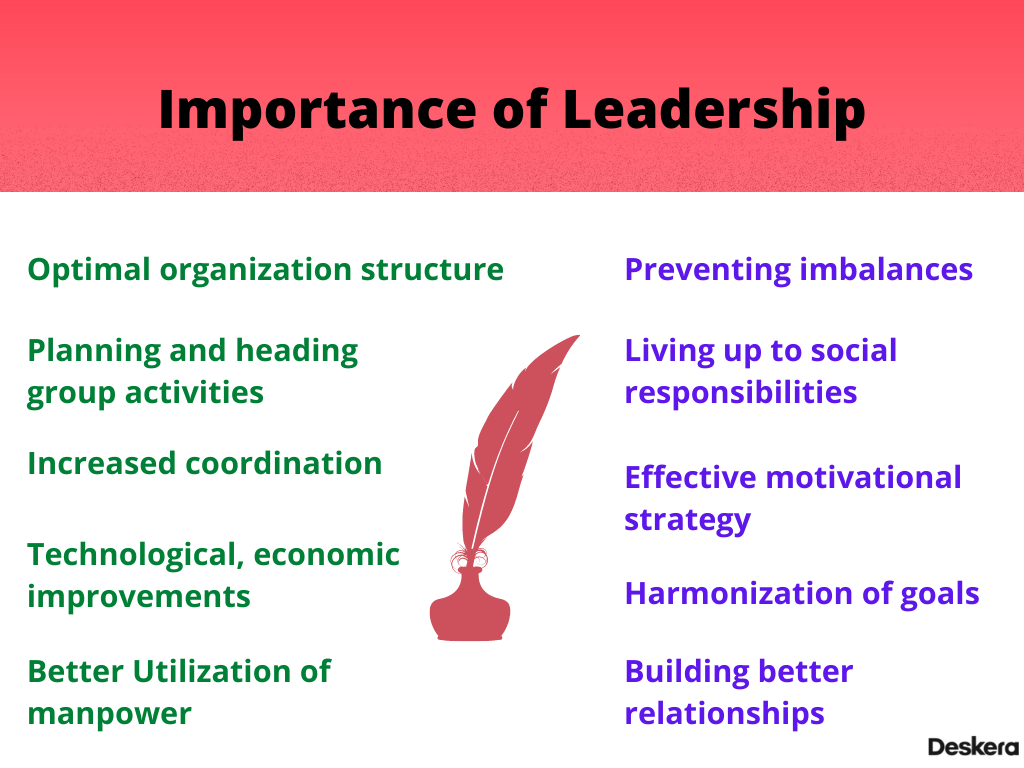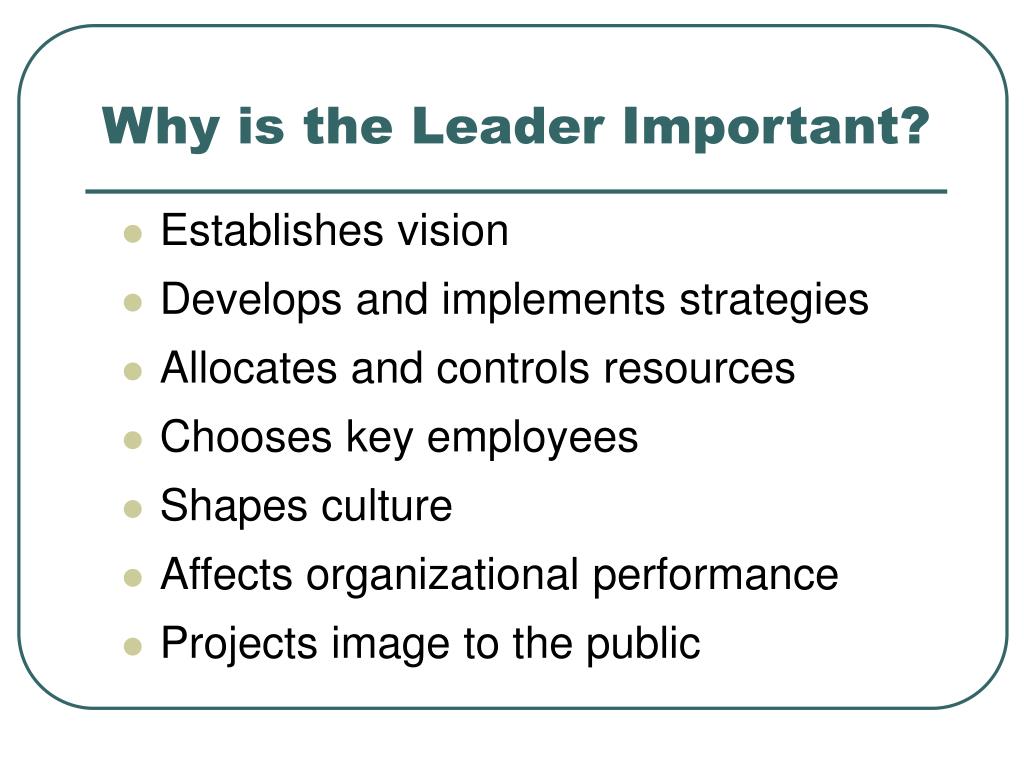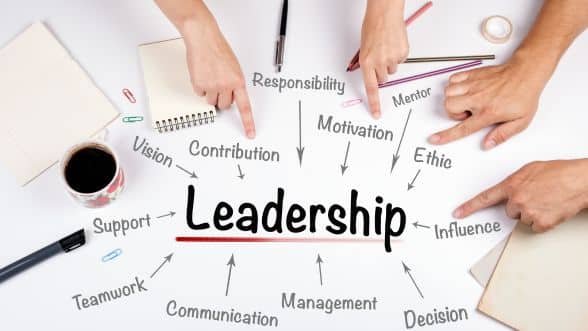Why Is Leadership Important In The Workplace

Workplace stagnation and employee disengagement are skyrocketing. Effective leadership is no longer optional; it's the critical catalyst for organizational survival and success in today's volatile market.
This article delves into the core reasons why strong leadership is paramount in modern workplaces, impacting everything from productivity and innovation to employee retention and overall profitability. We examine the quantifiable benefits and explore the consequences of leadership vacuums, providing actionable insights for immediate improvement.
The Tangible Impact of Leadership
Leadership is not merely about holding a title. It's about inspiring, motivating, and guiding teams toward shared goals.
A 2023 Gallup poll revealed that 70% of the variance in team engagement is attributable to the manager. That means a bad manager can quickly destroy employee motivation.
Companies with strong leadership demonstrate a 20% increase in productivity and a 25% reduction in employee turnover, according to a recent study by the Corporate Leadership Council.
Driving Productivity and Innovation
Effective leaders foster a culture of innovation. They empower employees to take risks and experiment with new ideas.
According to a 2022 McKinsey report, companies with strong leadership are twice as likely to outperform their competitors in innovation and growth.
Leaders set clear expectations and provide the resources and support needed to achieve them, directly boosting productivity levels.
Boosting Employee Morale and Retention
Employees want to feel valued and appreciated. Leaders who provide regular feedback, recognition, and opportunities for growth create a positive work environment.
A SHRM study found that 40% of employees leave their jobs due to poor management. That's a huge impact.
Leadership development programs can increase employee retention by up to 50%, according to the Association for Talent Development.
Cultivating a Positive Work Environment
Strong leadership promotes open communication and collaboration. This leads to a more supportive and inclusive work environment.
Leaders who prioritize employee well-being create a psychologically safe space where employees feel comfortable sharing their ideas and concerns.
A Harvard Business Review article highlighted that companies with a strong culture of trust and respect experience a 50% increase in productivity.
The Cost of Leadership Vacuums
The absence of effective leadership creates a toxic environment. That environment is characterized by confusion, conflict, and low morale.
Without clear direction, projects stall, deadlines are missed, and employees become disengaged.
A lack of leadership can lead to a 34% decrease in employee performance, according to a study by the Center for Creative Leadership.
Immediate Action Required
Organizations must invest in leadership development programs to equip managers with the skills and knowledge they need to lead effectively.
Regular feedback, coaching, and mentoring can help leaders improve their performance and create a more positive work environment.
Start by assessing current leadership capabilities and identifying areas for improvement. Then, implement targeted training and development initiatives to address these gaps.
The future of your organization depends on it.

